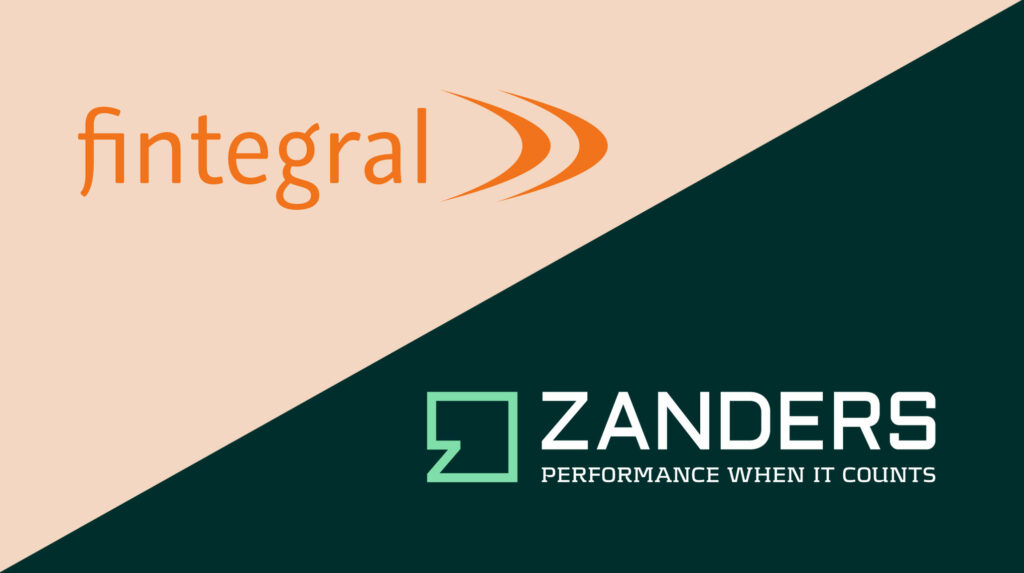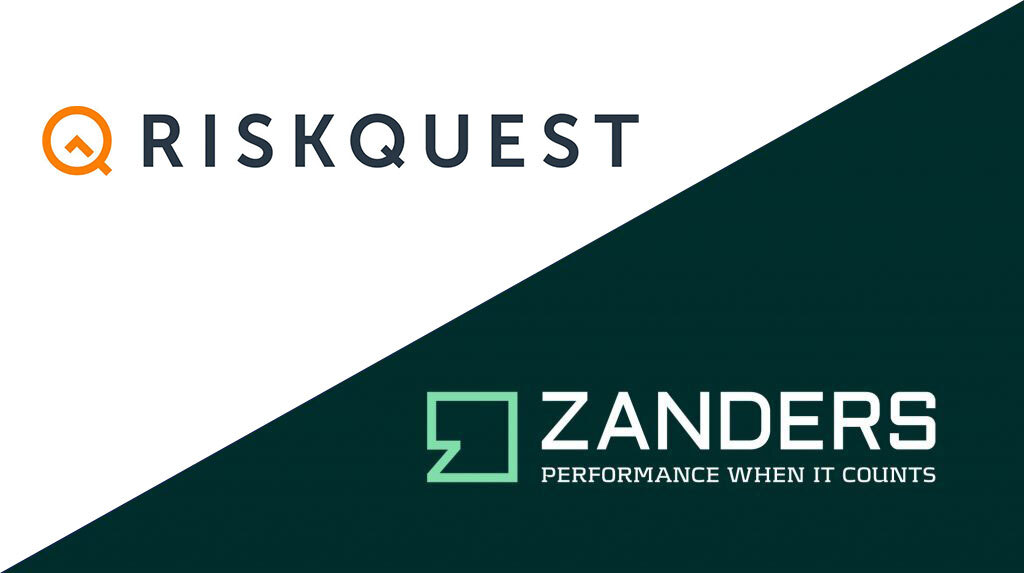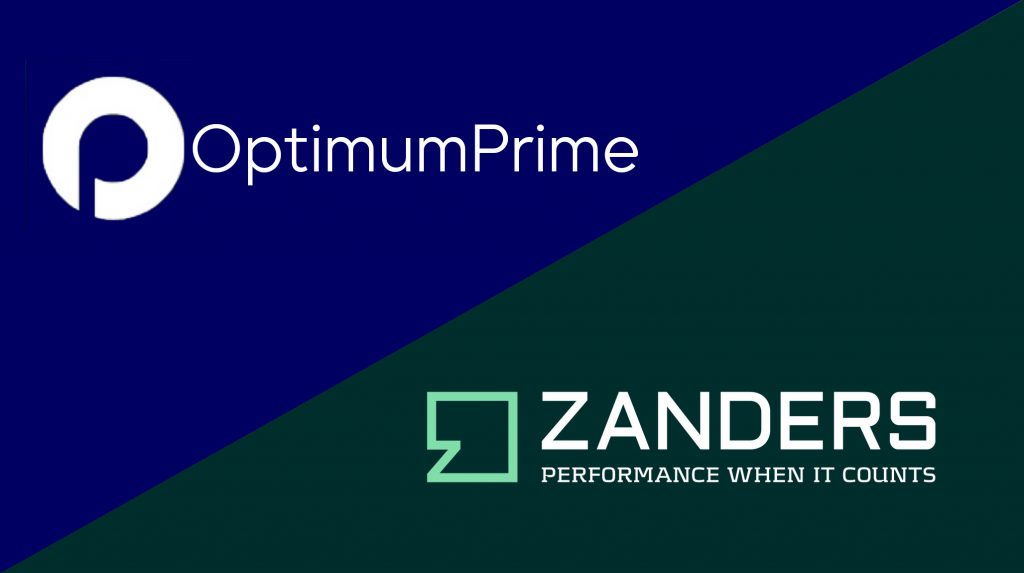“In which fields is it still possible to add value from a treasury point of view?” That was one of the questions LyondellBasell’s director of financial risk management, Frank van Es, asked himself when he reviewed the activities of the treasury department. As a result of his question, LyondellBasell analyzed its commodity and currency risk exposure with a Cash Flow at Risk (CFaR) study, which was conducted by Zanders.
Unprecedented volatility in financial markets has made corporates more aware of the importance of sound risk management. Events such as the so called ‘Brexit’ referendum on the 23 June 2016, after which stocks, commodities and currencies fluctuated by about 10 percent, could be harmful for the daily business operations of corporates.
Potential Cash Flow
While managing credit and market risk is a core competence for financial institutions, corporates are exposed to a myriad of financial risks (including FX, interest rate, and commodity price risk) as a result of their business operations. An important difference between financial institutions and corporates in terms of risk management is that financial institutions consider the risk in terms of portfolio value and balance sheet fluctuations, whereas corporates prefer to measure the risk in potential cash flow and profit downfall. Some corporates accept financial risks and have a reactive approach, while others create a competitive advantage by mitigating risk with strategic corporate risk management. With financial derivatives and risk transfer contracts, corporates can reduce risk and create value from a business perspective.
Commodity and Currency Risk
LyondellBasell is one of the world’s largest plastics, chemical, and refining companies and a member of the S&P 500. It is a traditional manufacturing company with a wide range of production possibilities at its 57 sites globally. For risk management purposes, the business of LyondellBasell can be simplified to the procurement of feedstocks needed in multiple manufacturing processes and the sale of finished products to its clients, i.e. mainly the purchasing of oil derivative products and selling intermediate chemicals and plastics. Coming with the purchase and sales, market price risk is introduced in the form of commodity and currency risk.
LyondellBasell has conducted several risk studies in the past to quantify the risks in their business model. Due to changes in the company and the petrochemical market, such as the change in pricing structure from quarterly to monthly price quotation, as well as changes in assets and products produced, LyondellBasell decided to conduct a limited CFaR study to better reflect its current business models. Besides quantifying the financial risks, the company wanted to explore further applications for strategic decision-making in order to reduce risk by hedging exposures or revising business models.
Worst Case Scenario
CFaR is a widely adopted method to quantify risk and is highly suitable for corporates. The CFaR measures, with a given probability, the unexpected negative movement of the cash flow. While being used to measure the potential cash flow downfall, the CFaR can be interpreted as a ‘worst case scenario’. By forming a risk appetite, a corporate could decide if the measured risk is acceptable or if it exceeds its risk allowance. To reduce risk, hedging strategies can be evaluated using scenario analysis. Hedging involves corporates purchasing financial derivatives to insure against unfavorable price movements.
To test the impact of such a decision, the risk measurements could be calculated in a ‘what if’ scenario under the strategic decision. The comparison between the scenarios with and without the hedge provides insight into the risk profile and costs of the strategic decision. The corporate could then decide if it is worth the costs to reduce the risk.
Key Risk Factors
The project at LyondellBasell started by mapping out a portion of the business to determine how cash flows are formed and how they interact with each other. Zanders translated purchases and sales systems to a measurable cash flow. Such mapping is useful for many corporates as these links are not immediately clear and are hidden within the organization. This is often caused because operations at corporates are divided into several divisions, such as purchase and sales divisions. Therefore, it is easy to lose visibility of the company’s cash flows.
Once this insight is created, the key risk factors which mainly impact the cash flows can be identified. It is important to distinguish the key risk factors since it is not feasible to model the entire company. After deciding which risk factors are incorporated, the CFaR can be measured using a Monte-Carlo simulation method. This method models the commodity prices and exchange rates with an econometric model and simulates future price paths.
By simulating many price paths, say 10,000 times, a large dataset is created where the worst-case scenario is evaluated to determine the risk and correlations between individual risks. The analysis was in line with Van Es’s expectation about LyondellBasell’s risk exposure. He says: “The model confirmed our gut feeling about our risk exposure and validated the correlations between commodity prices and exchange rates.”
Applications for Strategic Decision-Making
Together with LyondellBasell, Zanders took the next step towards strategic decision-making using its own customized risk model. In general, stakeholders are always initially skeptical about the idea of treasury getting actively engaged in the business. However, at LyondellBasell, they learned that although the model is a simplification of reality and should not be followed blindly, it can be used as an indication for business decisions. There is now more support and acceptance at LyondellBasell since the model helps the company to understand their figures and it verifies their ideas about correlation.
The business now has a tool that can help calculate the effect of production decisions on cash flows and risk, and can determine if they have to shift the business to create more cash flow stability. Zanders created applications for strategic decision-making for hedging strategies. For exposures that needed to be hedged, Van Es was interested in determining which percentage needed hedging, and whether exchange rate and commodity price should be hedged in tandem or could be hedged separately.
Correlations between market prices play an important role in making these decisions since they form a natural offset in risks. Zanders evaluated combined hedging strategies of commodity and currency and calculated the optimal hedging ratio in terms of risk reductions and costs.
Step by Step
Supported by the CFaR study, LyondellBasell is shifting its risk management into a higher gear. “There is an integration of ERM in treasury and we are creating a financial risk management department that will focus on modeling risks and developing financial strategies,” says Van Es. “We will implement hedging strategies step by step: better walk before you run. The implementation process will be challenging as we have to cross several barriers. For example, we need to execute currency and commodity trades and maybe have to set up a separate trading structure for this. There are many risks we have to manage, but we are the champions of risk management at treasury! We have shown our additional value with this project.”
Would you like to know more? Contact us today.




































